By Chris McGowan
Atop 550-foot Suribachi Yama, the volcano at the southwest tip of Iwo Jima, Marines of the 2nd Battalion, 28th Regiment, 5th Division, hoist the Stars and Stripes, signaling the capture of this key position.
Photographer Joe Rosenthal’s “photo of U.S. Marines raising the Stars and Stripes on the summit of Mount Suribachi on Iwo Jima” is certainly the most famous photographic artifact to emerge from World War II, if not of all time. When it was first published, this galvanizing photo had an immediate effect both on the home front and in the upper echelons of military leadership.
During the more than 50 years that have elapsed since the photo was taken, it has remained a crucial artifact of military history, it has served to educate the public, and it has been used to tremendous propaganda effect by the Marine Corps. This picture was the culmination of four years of hit-and-miss combat correspondence in the Pacific. The fact that photographer Joe Rosenthal had access to the battlefield is only due to certain specific differences in the way the battle of Iwo Jima was reported, and it set a standard for the future.
However, the truth that is presented in this photograph and the facts behind the flag-raising do not match perfectly. This is why the picture is an excellent starting point for the analysis of war correspondence as a genre; but just as important, it can be used to illustrate the potential for great differences between reality and public perception.
The High Cost of War in the South Pacific
The war against Japan was marked by an island-hopping campaign begun deep in the South Pacific that worked its way up through the Solomon Islands and New Guinea, through the coral islands of the Central Pacific, such as Tarawa and Peleliu. As the war’s end approached, General Douglas MacArthur, commander of U.S. troops in the South Pacific, was driving the U.S. Army north through the Philippines, while the Marines continued their campaign through the Marianas, finally reaching Iwo Jima and Okinawa, both considered Japanese Home Islands.
The Pacific campaigns are remembered for the great distances between engagements; the amphibious nature of the battles, with troops landing on heavily defended beaches; the gradual reduction of Japanese fortifications; and heavy casualties. The war in the Pacific was very expensive, both in terms of manpower and logistics. For some Americans, it seemed senseless to be at war in the Pacific, fighting for useless coral atolls. Why not devote 100 percent of the effort to Europe? After the bloody Tarawa battle in late 1943, when a thousand Marines died trying to take a two-mile-long island, it was decided that a more aggressive correspondence strategy had to be developed to preserve support for the war in the Pacific among the American people.
The problems facing the information services were rather drastic in the Pacific. Of course, the sheer remoteness of the campaigns was a primary factor. Most battles were conducted in areas a week or more sailing distance from Hawaii, and aircraft at the time were relatively short-ranged. After the battering received at Pearl Harbor, followed by the fall of Wake Island, the Philippines, and Guam to the Japanese, most war reports were geared toward raising morale rather than preparing the public for war.
The general system worked out for communication between front-line correspondents and the rear was convoluted at best. The correspondent on the beach would make notes, go back out to a command ship, and type up the story. The typed copy was usually loaded aboard a hospital plane evacuating the wounded and taken to Navy press headquarters at Pearl Harbor. Every dispatch was heavily censored, and it was not uncommon for a story to be lost, cut, or sometimes simply to be old news before it had a chance to be printed. At Tarawa, for example, the battle was over before the first “on the scene” radio broadcasts made it Stateside. During the invasion of Saipan, it took eight days for photographs of the landings to reach San Francisco.

Challenging the American Public’s Perceptions of War
Of course, time delay was by no means the only source of tension between the press, the public, and the military. As the war in the Pacific heated up, the American public and the military had a serious morale problem. In order to bolster the public perception of the American war machine, war reporting was heavily propaganda-driven. To correspondent Robert Sherrod, a good deal of the problem revolved around the use of “vivid verbs,” with a small bombing raid being presented as a rain of destruction on Japan, or an impression that “any American could lick 20 Japs.” Although the stories made good reading, they did not have much bearing on reality. Said one soldier to Sherrod: “The war that is being written in the newspapers must be a different war from the one we see.” Civilians, in many cases, just had no idea of the immensity of the effort that would be required to win the war, and the ultimate price that would have to be paid in blood and men.
In order to change public perception regarding the true nature of the war, and in preparation for the invasion of Japan, for which Allied planners were forecasting up to a million casualties, a more aggressive system of combat correspondence was worked out. “It is the express desire of the Navy Department that a more aggressive policy be pursued with regard to press, magazine, radio, and photographic coverage of military activities in the Pacific Ocean Areas,” a Navy document read.
There were to be civilian as well as military correspondents at battles, subject to less censorship and allowed to publish more graphic photos. Turnaround time between a correspondent’s filing of a story and its publication in the States was to be shortened. By the time of the Iwo Jima invasion in February 1945, war correspondence in the Pacific was a completely different undertaking than it had been at the beginning of the war. There were more than a hundred correspondents present, both civilian and military. Live radio broadcasts were now possible from the beachhead, and there were five special landing craft whose only functions were to land and remove reporters and haul off film and copy. Dispatches were passed by a censor, teletyped to Guam, and then relayed to the mainland by shortwave radio. Daily, a Navy airplane would pick up still and newsreel film and fly it straight to Hawaii for processing and distribution. With this system in place, the groundwork was laid for one of the most famous photographs in history.
Five days into the conflict, Iwo Jima was cut in half. In the south, Marines were in the final stages of reducing the Japanese defenses on Mount Suribachi, while Japanese defenders still controlled most of the north. Casualties thus far had been distressingly high, and there was no easy end to the battle in sight.
“The Uproar Almost Shook the Sky”
An early-morning patrol showed that there was no visible resistance on the mountain peak, so it was decided to send a patrol to the summit to plant a flag. Visible across the island, the patrol reached the top of the mountain, and as Louis Lowery, a photographer for Leatherneck magazine, took pictures, the Stars and Stripes, attached to a long pipe found in the rubble at the top of Suribachi, was raised over Iwo Jima. Six men raised the flag, and across the island Marines cheered and ships’ horns blared. In the words of Coast Guard sailor Chet Hack: “Talk about patriotism. The uproar almost shook the sky.” Secretary of the Navy James Forrestal declared, “This means a Marine Corps for the next 500 years.” Little did he know how much the future of the Corps and the flag on top of the peak would be interwoven. This is the flag-raising that meant the most to the Marines. They would later openly deride the iconoclastic image of the second flag- raising, the one that means so much to the public. To Colonel Chandler Johnson, whose troops had placed the flag, it had one immediate implication: “Some son of a bitch is going to want that flag, but he’s not going to get it. That’s our flag. Better find another one and get it up there, and bring back ours.”
As a second patrol, equipped with a much larger 56-by 96-inch flag liberated from a landing ship, headed up the slopes of Suribachi, Associated Press photographer Joe Rosenthal, along with two enlisted Marine photographers, tagged along. Originally set up for a shot of the first flag going down as the second went up, Rosenthal was unable to get that picture, so he snapped a photo only of the second flag going up. The six men in the famous photo are indistinguishable. No rank or unit insignias are visible, and each man is similarly clothed in combat jacket, helmet, and dungarees. The flag is still partially furled, although it seems that just as the picture was taken, the wind was catching it and stretching it out. Were it not for the twisted bits of wood, metal, and shattered rock at their feet, one might never know that this picture was taken in a combat zone. Technically speaking, it could be considered a bad photograph, as there are no visible faces and the viewer can barely tell how many men are involved with raising the flag. There was no identification of the men; Rosenthal did not have a chance to document that at the time. It took weeks for names to be put with the individuals pictured, by which time some of them had been injured or killed.
Interestingly enough, the ethnicity of the men is very representational of the “melting pot” phenomenon in America and the armed forces. It included a Native American, a Czechoslovakian, a Kentucky mountain boy, a Midwesterner, a New Englander of French descent, and, of course, a Texan. That night, as the flag-raisers went back into the lines, Rosenthal put his negatives on a plane bound for Guam, quite unaware of the lasting impression one of his historic pictures would create. On the morning of Sunday, February 25, 1945, newspapers across the country featured the flag-raising prominently on their front pages, with captions such as “Old Glory Over Volcano,” “The Spirit of ’45,” and “Stars and Stripes on Iwo.” The photo was seized as a symbol of victory, of right overcoming might. It is with these overtones of success and closure that the misinterpretation of the photo began.
Lose a Thousand Men in Three Days, or 50 Men a Day for a Month?
For the Marines, the flag-raising was a rallying point, but to the public it intimated that the battle was over. Prior to this point, there had been no good news concerning the carnage on Iwo. There were extensive casualties, objectives were not being met, and to some in the public, the battle seemed a waste.
Throughout the war in the Pacific, the Army, controlled by MacArthur, was accused of being too slow, not bold enough; that in the commander’s desire to conserve the lives of troops time was being wasted and the overall casualty count was not being lowered. In contrast, it was generally felt that the Marines might not have been quite concerned enough with keeping casualty counts low. Indeed, with a service whose primary tactical blueprint called for throwing men at a strongpoint until it fell, rather than withdrawing and losing ground, it did seem that there were excessive casualties. On the flip side, Marine engagements were traditionally shorter and involved fewer men than Army maneuvers. Debate flourished over which was worse, a thousand casualties in three days, or 50 casualties a day for a month.
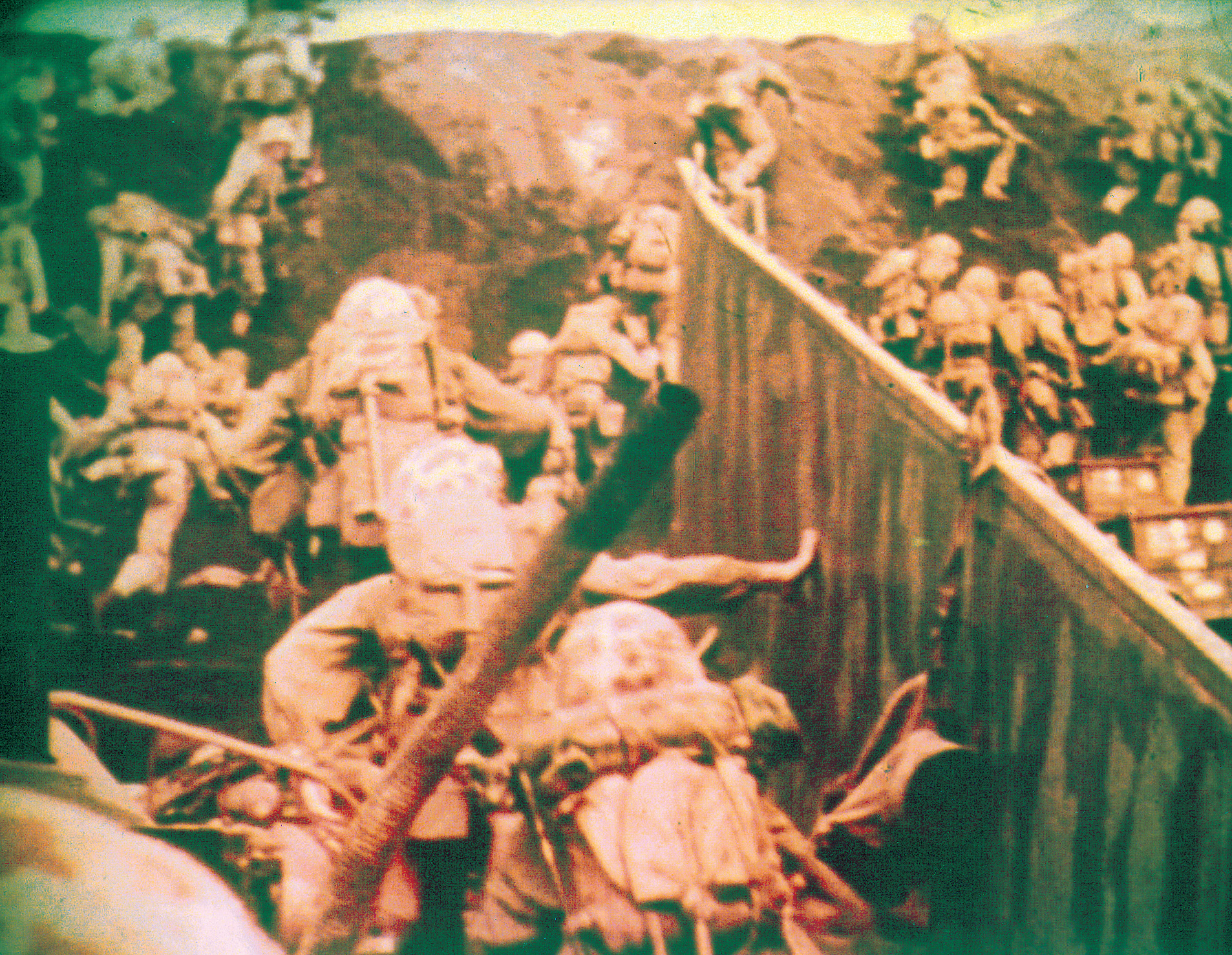
Regardless, Iwo Jima was a long and bloody campaign, with high casualty numbers even for a Marine operation. Late in the war as it was, the public was growing tired of these “meat-grinder”-style operations, and some felt that it would be easier to use poison gas to reduce the Japanese defenses of Iwo, which would have been technically feasible.
It was only in the wake of Rosenthal’s photograph that critics felt comfortable with such damning editorializing, and this single issue of wastage on the front become a brief but intense drama of its own back in the States, even as the battle raged on. The basic problem was the Japanese policy of defending to the last man, a defense of desperation, something Westerners just could not comprehend, and to defeat this fanatical enemy was quite an accomplishment. In their book Iwo Jima: Monuments, Memories, and the American Hero, Karal Ann Marling and John Wetenhall write, “The triumph implicit in Rosenthal’s photo, in other words, explained the tragic circumstances in which it had been taken.”
Rallying Massive Support for Marines
The controversies and confusion surrounding the flag-raising died down, as is the nature of public controversy. However, the public relations coup that was the Rosenthal picture began to take on a life of its own. When Forrestal made his 500-years boast, he was actually quite close to the truth. It became a priority to get the flag-raisers off the island and back home to boost morale and sell war bonds. By the time all six men in the photo were identified, three were dead, but the survivors were returned to the States to spearhead a war bond drive.
Using the Rosenthal photo, The Mighty Seventh War Bond Drive was launched to raise funds for the impending invasion of Japan. Hundreds of thousands of posters using the picture were issued, with such captions as “Lend a Mighty Hand!” “Shoulder Your Share!” and most popular, “Now, All Together for The Seventh!” Regardless of whether they felt the Marine Corps strategy was appropriate, most people felt compelled to give—to the tune of an eventual total of over $200 million. Public support for the Marine Corps grew exponentially following the publicity campaigns centered on the flag. Within weeks of the event, plaster recreations were being made, and by November 1945 a full-sized recreation of Rosenthal’s image was unveiled a few blocks from the Washington Monument. At the center of the dedication ceremony for this memorial was yet another war bond drive, for although the fighting was over, much of Europe and Japan were in shambles, and the staggering cost of rebuilding had to be added to America’s tab from the four years of war. At the dedication ceremony, on Veteran’s Day 1945, the 170th birthday of the Corps, there was so much bond hype—including Navy planes flying overhead, calling “Buy Bonds! Buy Bonds!”—that it was difficult to determine whether this was a propaganda opportunity for the Marine Corps (which was fighting postwar downsizing) or an Iwo Jima memorial service. In reality, it was both.
The Most Accurate and Realistic War Movie To-Date
Today, it seems that an event is not necessarily as memorable until Hollywood takes a stab at it. This held true in 1949, as well, when Republic Pictures felt it was high time to take the photograph one step further. Taking the phrase “sands of Iwo Jima,” together with Rosenthal’s photo and a desire to memorialize this critical campaign, producer Edmund Grainger decided that it was time “to make, with the help of the Marine Corps, the most accurate and realistic war movie to date.”
The Marine 7th Regiment at Camp Pendleton, eager to pay tribute to those who sacrificed at Iwo and to generate more public relations exposure, lent jeeps, tanks, landing craft, uniformed extras, and technical advice to the crew filming Sands of Iwo Jima. Three of the surviving flag-raisers, one from the first flag, the others from the Rosenthal picture, assisted in reenactments of the battle and actually helped to raise the movie flag.
Conflicting Opinions Surround the Movie
Publicity surrounding the movie was both positive and negative. “David Shoup, a future Marine commandant, was the first to admit that the picture was ‘sort of a screwed up thing, really. The sands of Iwo Jima didn’t really have anything to do with most of the film,’” wrote Marling and Weltenhall. With the best of intentions, the film’s producers seized the public attention sure to surround this particular artifact as a vehicle to make a movie about their own idea of the war.
Although the battle scenes in Sands of Iwo Jima are realistic, the flag-raising occurs in about the last 10 seconds of the film, just as the movie’s hero, played by John Wayne, takes a sniper bullet and dies. The most ironic thing is that as the movie ends, with the Hollywood Marines saluting the flag, there is every reason to believe that the battle is over, reminiscent of the public’s own confusion regarding the real battle and the flag. In reality, the flag-raising was merely a high point. Iwo Jima was not secured until after four more weeks of grueling combat. It is likely that the significance of the flag on Suribachi was less important to the Marines on the island than the significance of having survived one of the last campaigns of the Pacific. Considering its status as one of the most famous war photos of all time, there is perhaps a bit too much uncertainty in the public consciousness surrounding the flag-raising on Iwo Jima. To the average Marine, Rosenthal’s photo meant little initially. They rallied ’round the first flag. For the Marine Corps, the second flag-raising and the picture of it is more about publicity, war bonds, and ensuring the future of the Corps. To the public, the picture meant a great deal, but only because the average American was told it meant something. Taken alone, with no explanation, no frame of reference, the picture is just one of 17 snapped by Rosenthal that day. He did not feel it was even his best work from that roll of film.
The facts behind the picture and the truth it created are somewhat at odds. A picture may be worth a thousand words, but it is equally true that there is always more than meets the eye. In this case, had the original picture from Leatherneck been published, or had Rosenthal taken the picture he originally set up for, there would certainly be a different story.
In the complete chronology of World War II, or even the battle of Iwo Jima, the flag-raising was a sidebar, an impromptu morale booster on a hellish battlefield. In the hands of publicists, spin doctors, and Hollywood, a picture can become a story—an artifact can become an icon.
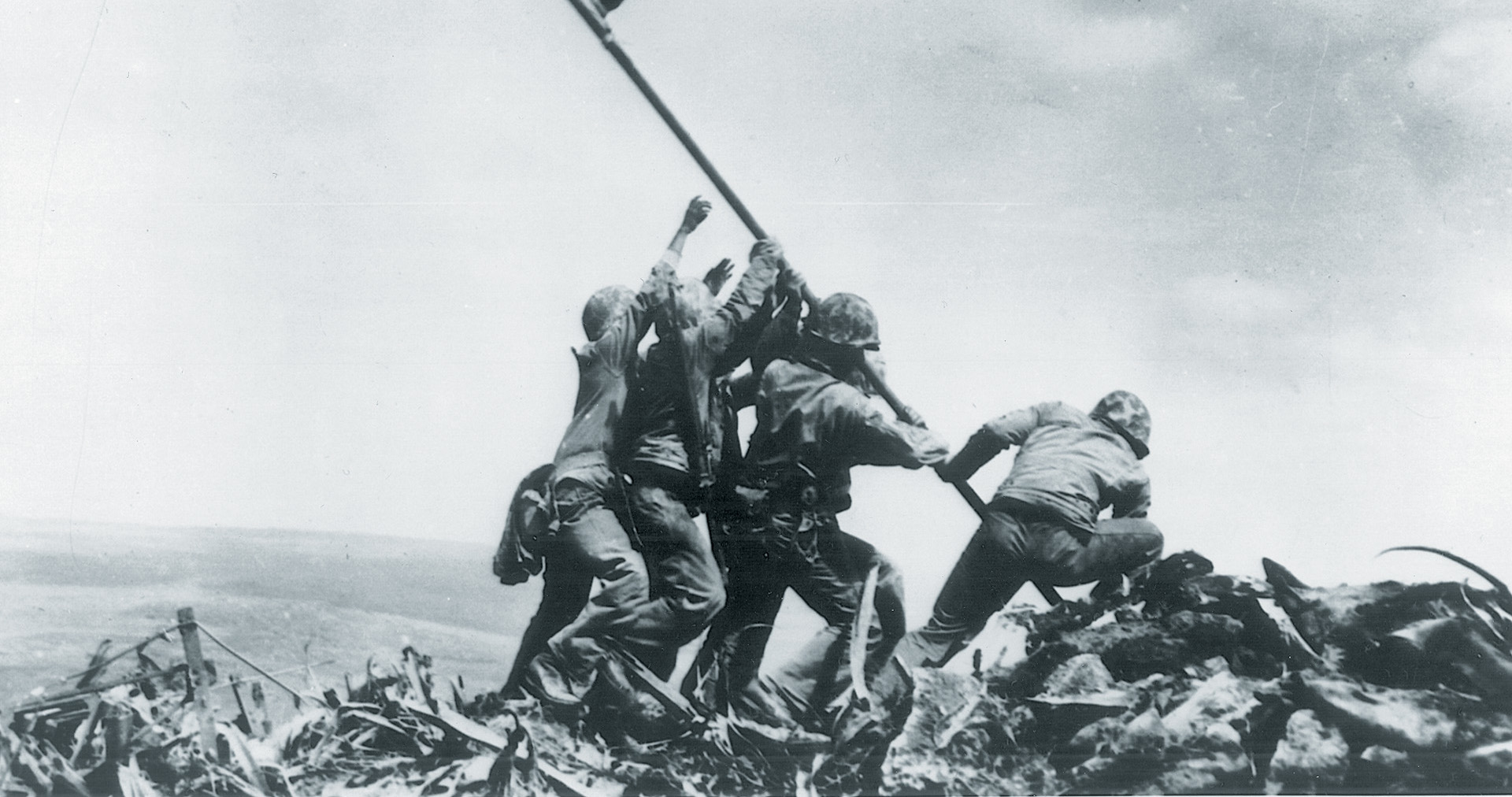
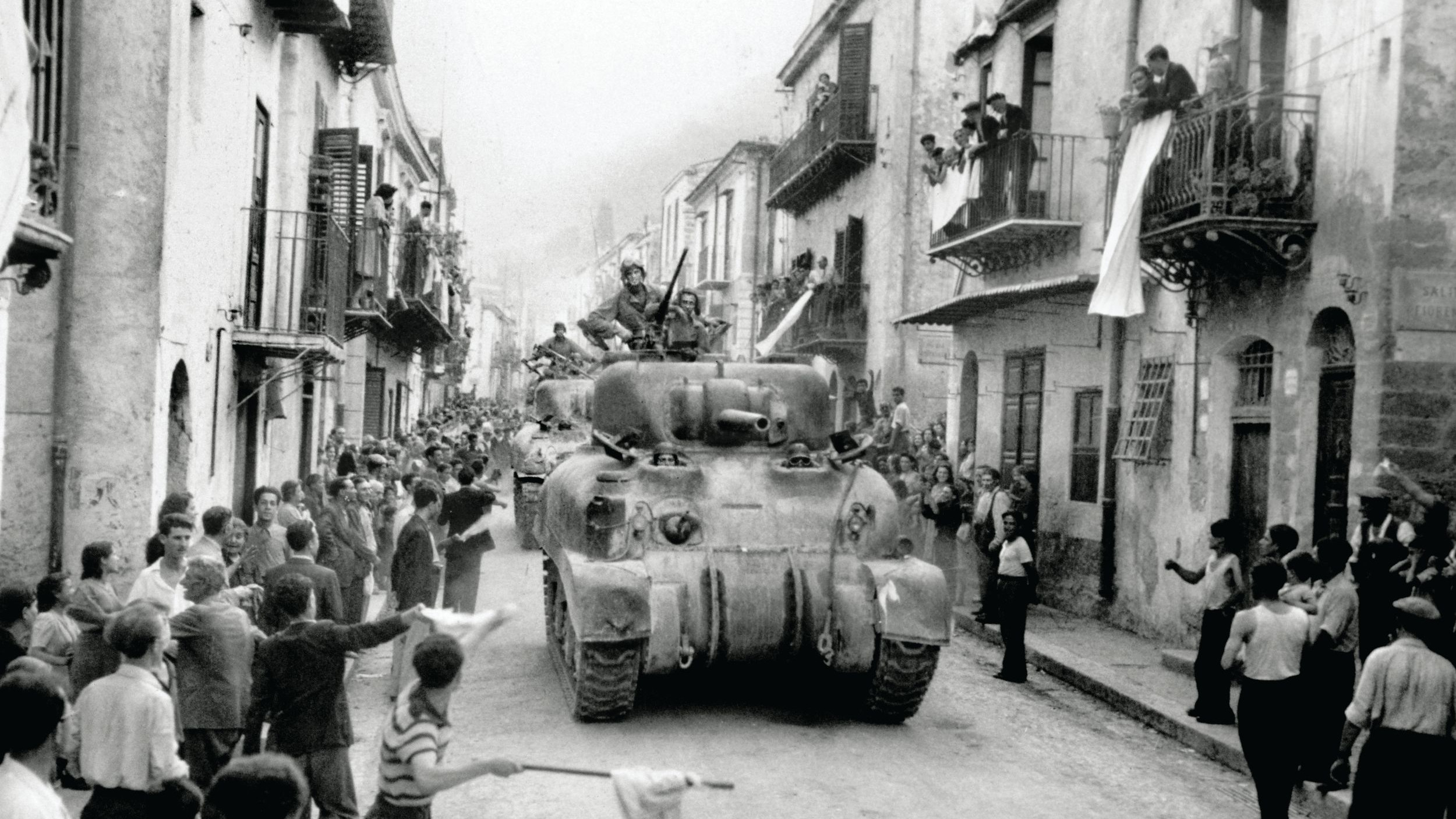
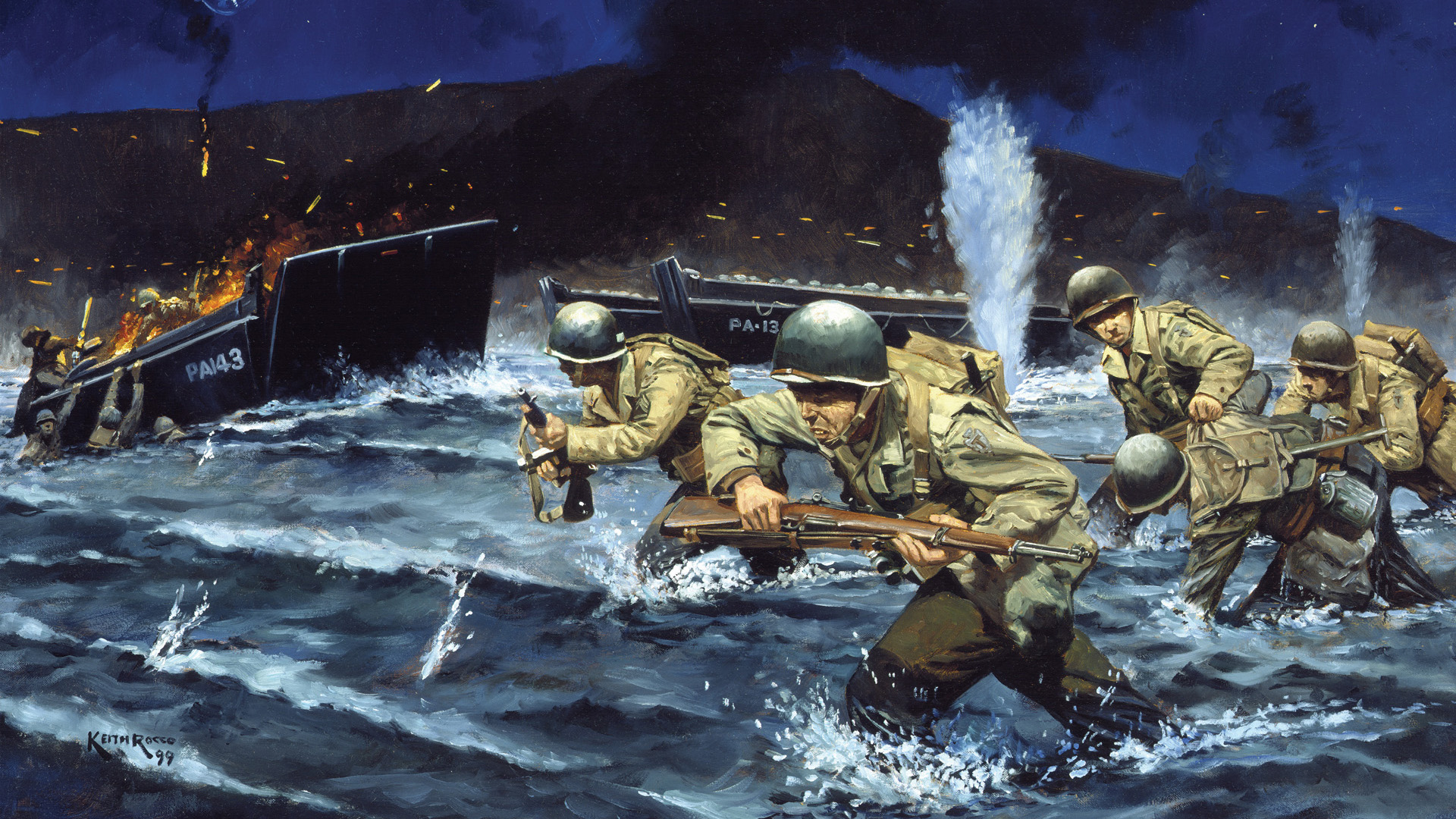
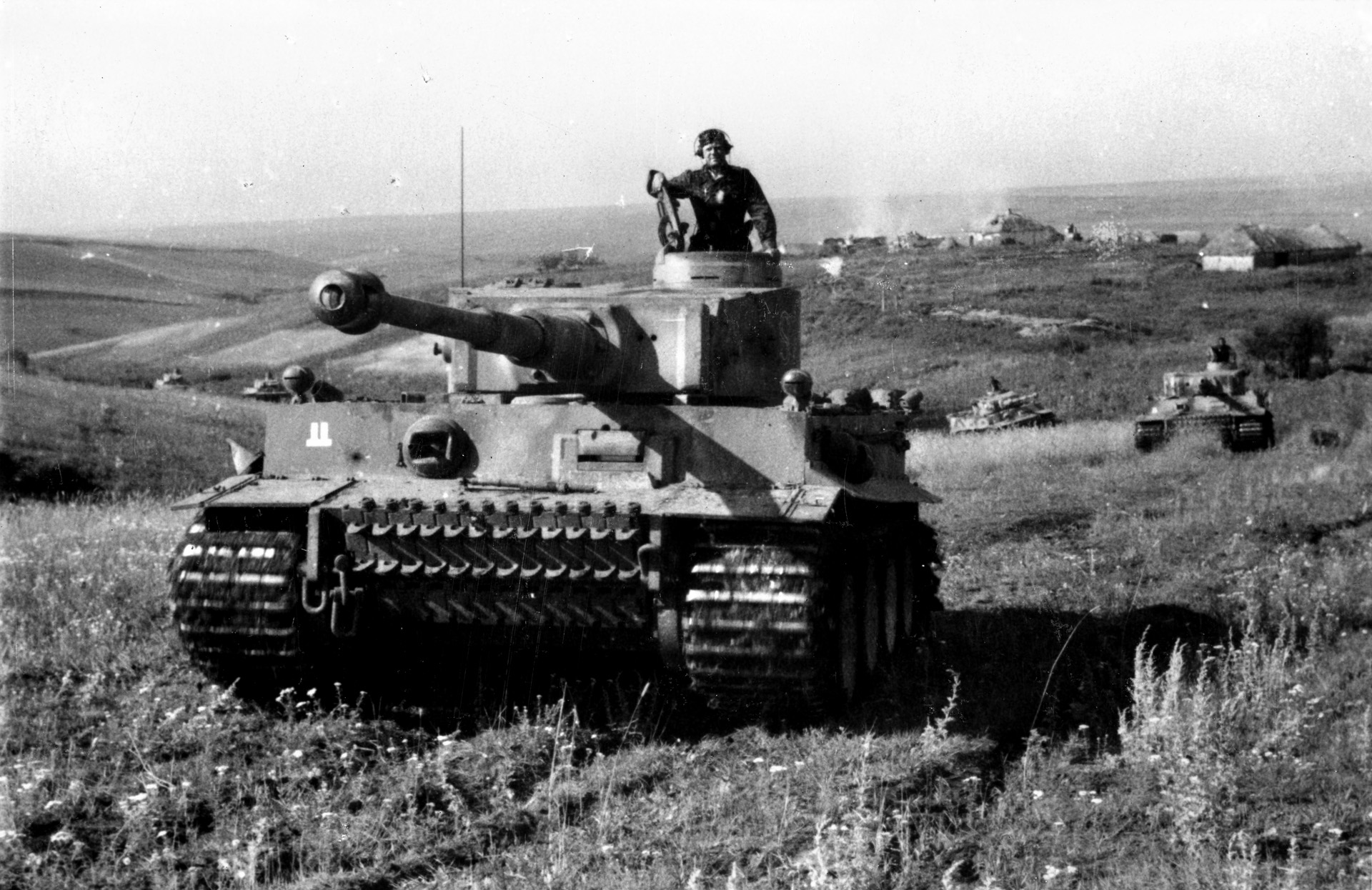
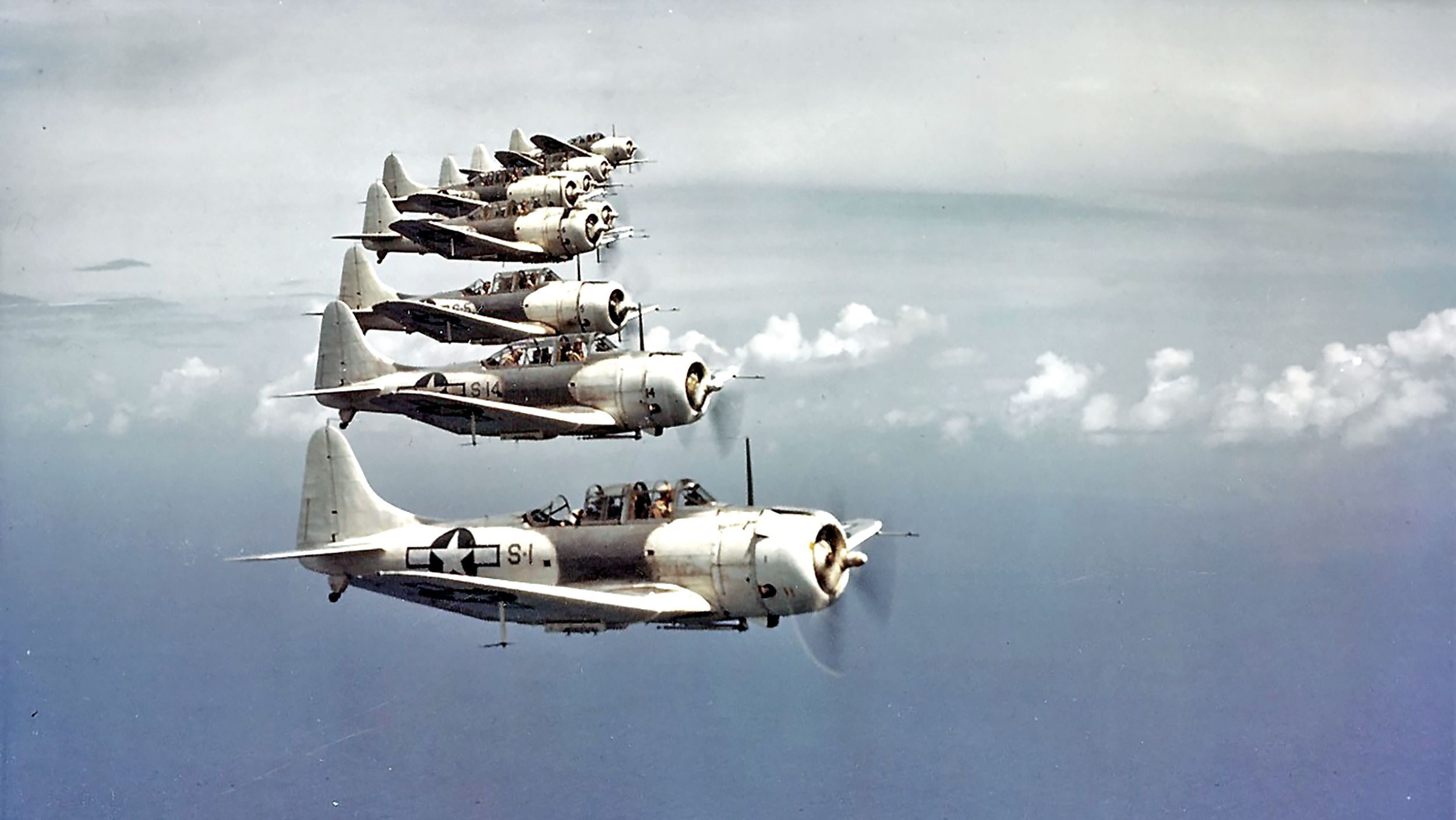
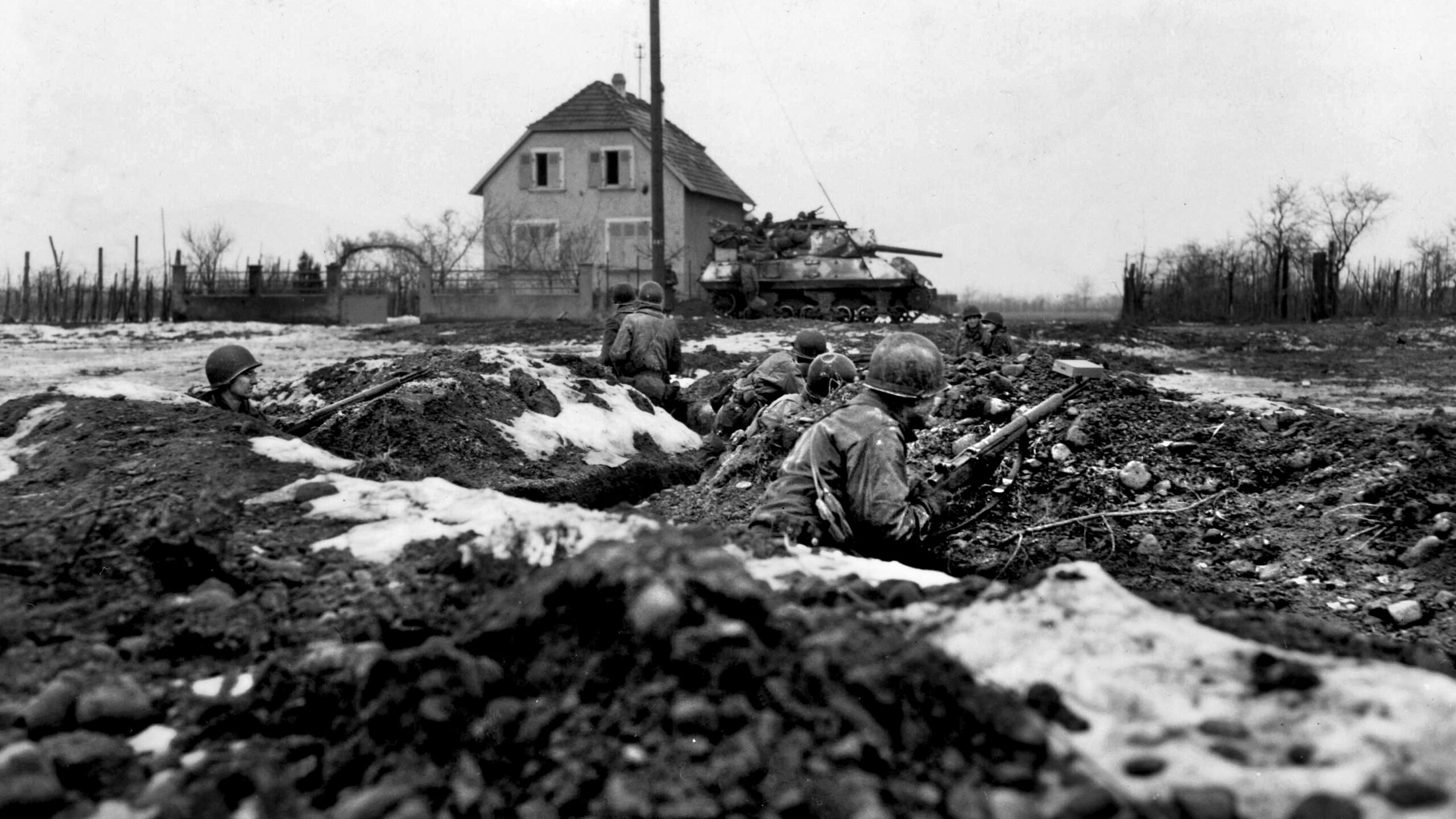
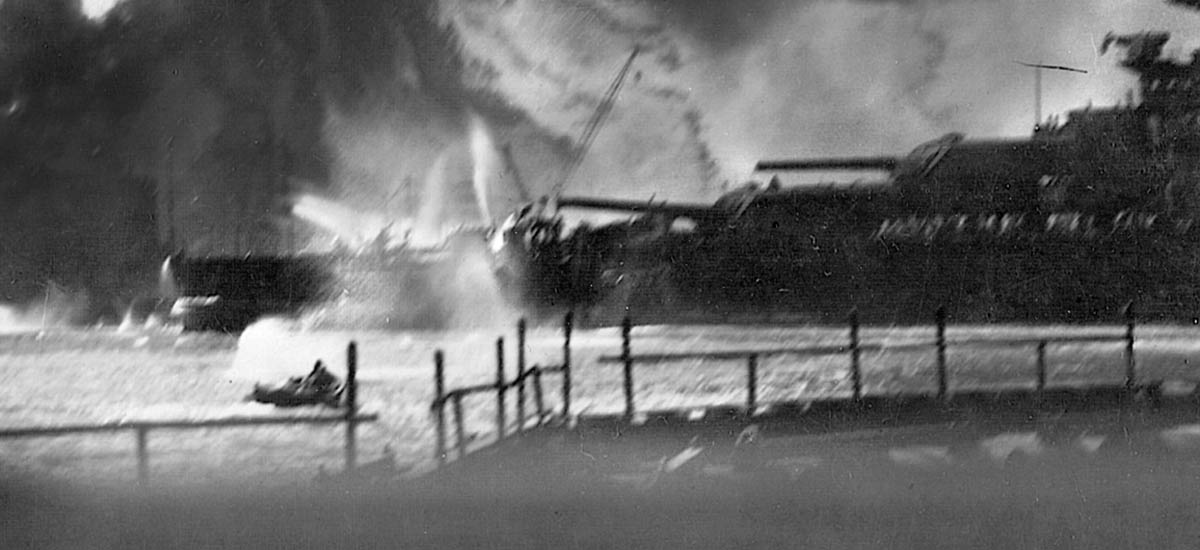
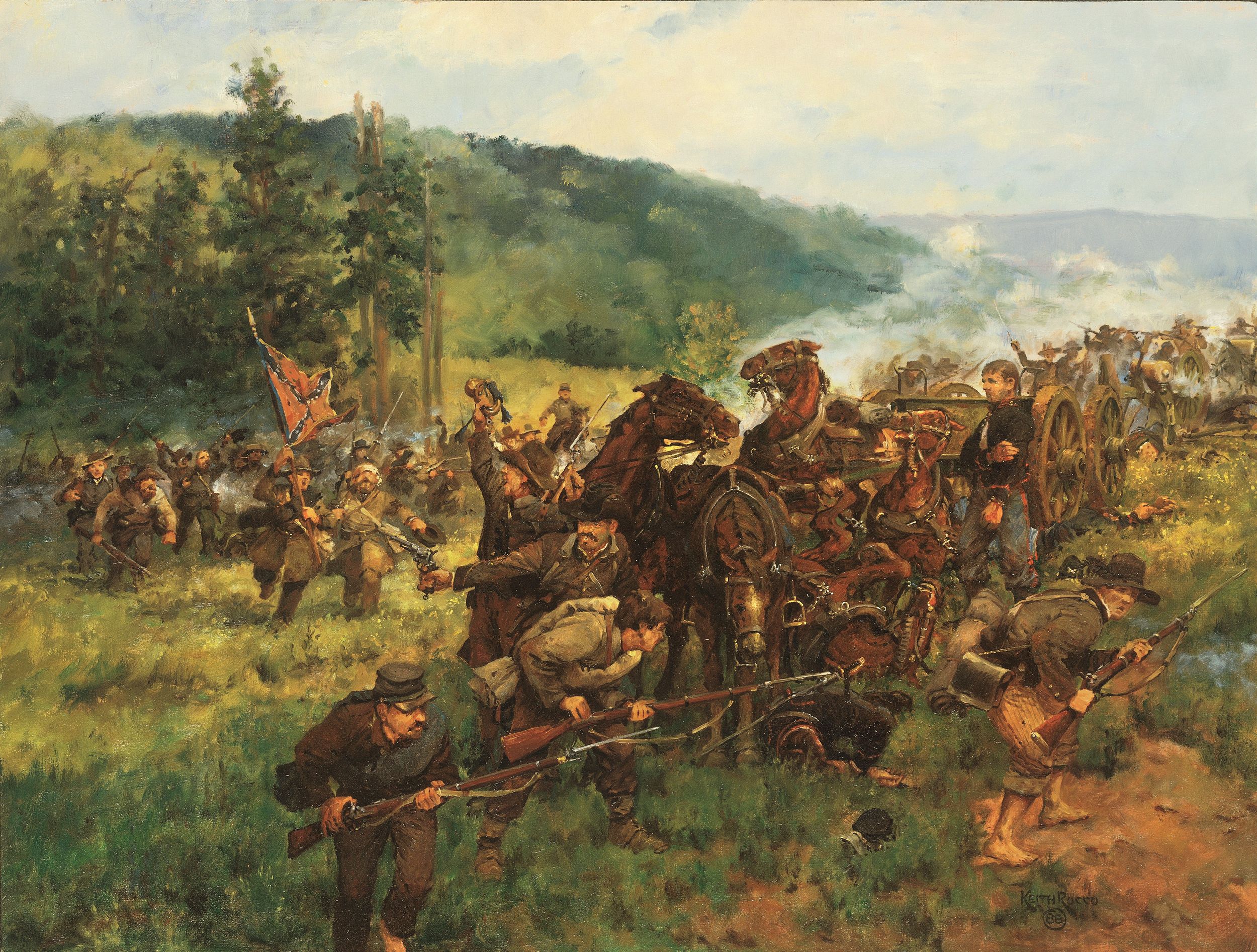
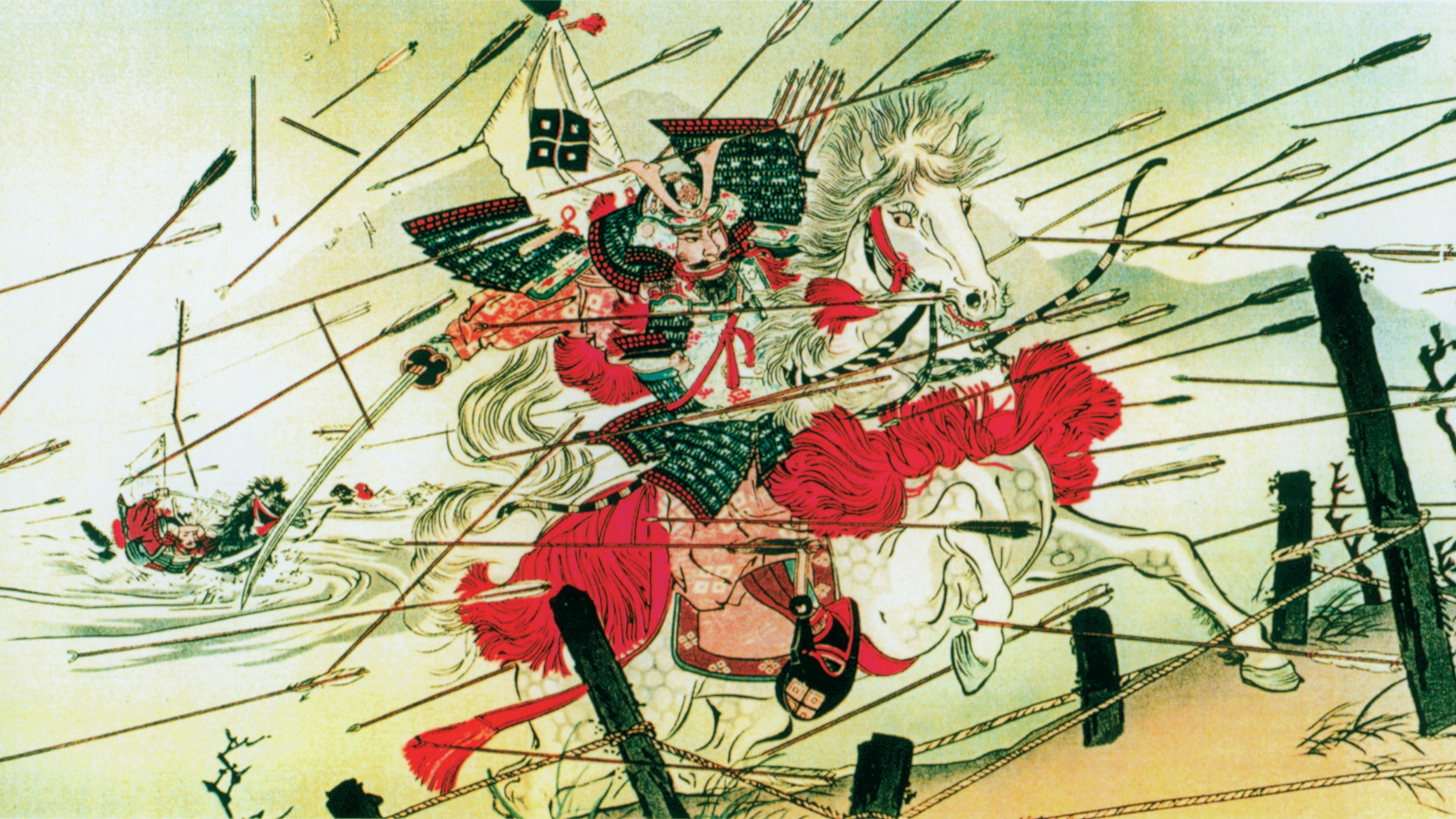
Join The Conversation
Comments
View All Comments